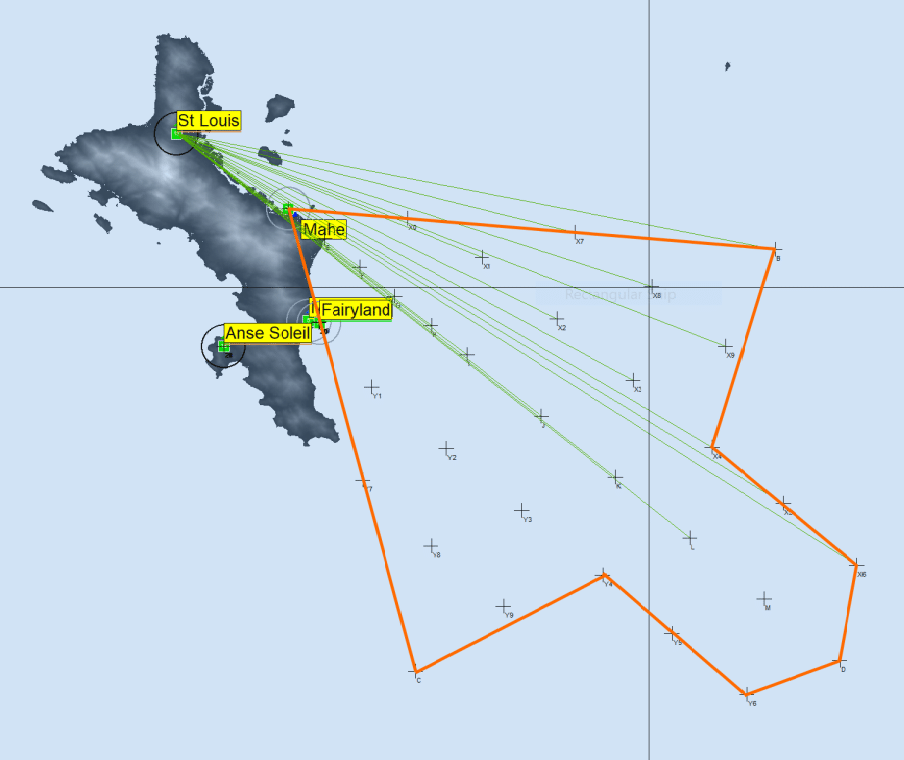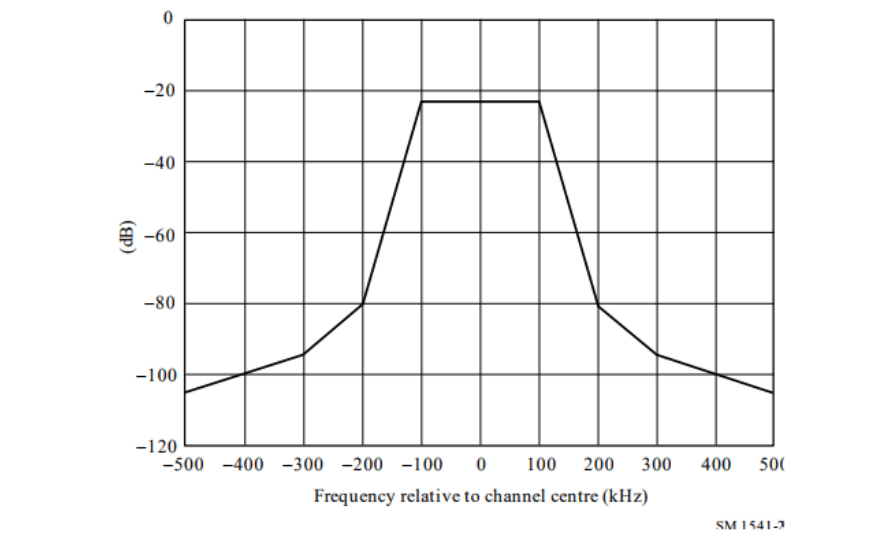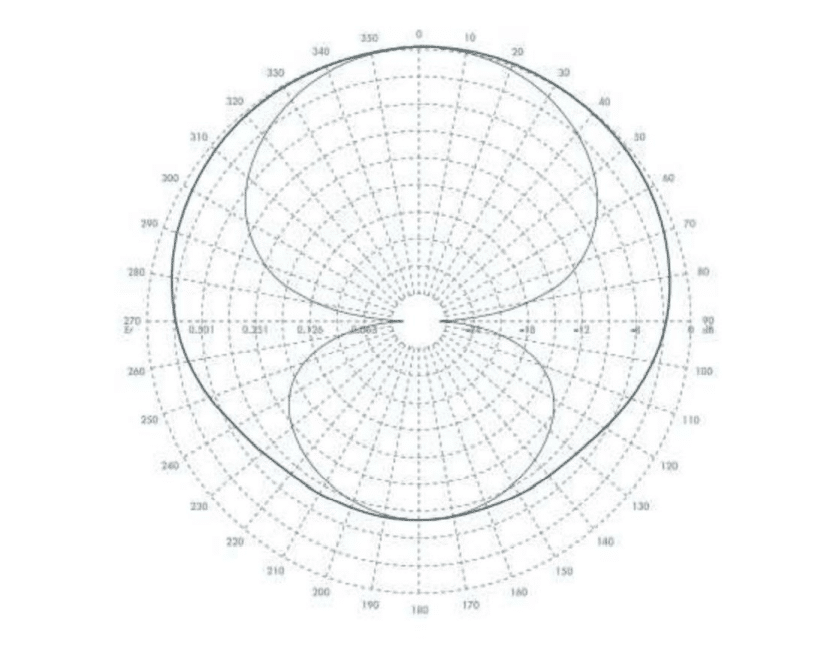Customer: DICT, Seychelles Broadcasting Authority
Location: Seychelles
Understanding the impact of interference between different spectrum allocations is essential for safety-critical systems at airports. This study looks at the impact of interference from different broadcast allocations and ILS and their impact.
ATDI prepared a study for DICT, the spectrum regulator in Seychelles. The study looked at the compatibility between Band II broadcast allocations and instrument landing system (ILS) localiser. The system used a VHF omnidirectional radio range (VOR) and VHF communications (COM) equipment, operating in the 108 to 137 MHz band.
The project comprised of four stages, including:
The project included site visits to ascertain emissions from a number of the FM broadcast sites.

The study concluded there was no evidence of intermodulation or harmonic interference to aeronautical navigation systems across the Island. However, ATDI recommended additional filtering at some shared FM broadcast sites. They also recommended that frequencies should be calculated for each FM site to ensure new entrants do not create interference.
Lastly, the DICT team were presented with an overview of the study results. They received training on spectrum planning and how to identify potential issues in the future. This study and training recognise that spectrum management is a collaborative effort between the regulator and the licensees.


HTZ Communications and HTZ Warfare are fully compliant with the International Civil Aviation Authority (ICAO). This sets standards and recommended practices for international air navigation across the globe.
For more information about DICT, visit here.
Antios is an innovative software solution that allows engineers to design multiple horizontal or vertical dipole arrays around a support. Antios is proven to increase the occupancy of radio frequencies by creating new and improved antenna designs capable of meeting coverage requirements for network operators. For more information, click here.

